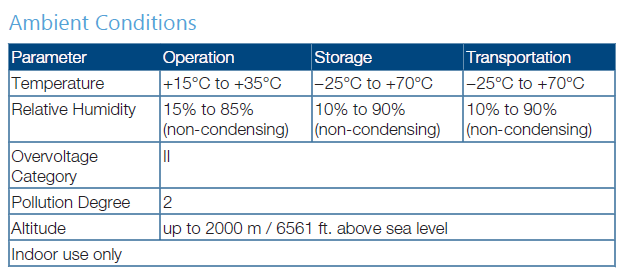Hello,
I have a quick question about Hamilton Star Operating Humidity.
On this website, Hamilton states that the operating humidity is 30%-85% without condensation (
Microlab STAR Site Requirements)
On the main Hamilton website, the operating humidity is listed as 15%-85% without condensation (https://www.hamiltoncompany.com/automated-liquid-handling/compare-platforms)
Which range is accurate?
Thank you!
The operator’s manual states 15 to 85% (non-condensing) so I would go with that. I will let Marketing know about the discrepancy on the website.

Please note that the STAR is for indoor use only. I know a lot of customers would like to take their STAR outdoors to get some fresh air from time to time, but this is not recommended.
8 Likes
This brings up an interesting point, if you are using a STAR in a higher altitude area are there any mitigations you recommend to customers? Colorado Springs is close to that altitude in sea level, for example.
From a liquid handling perspective, you would see the following general behavior:
- As elevation increases, average dispense volume decreases (Altitude high → air density lower → spring force lower → dosage lower)
- As temperature increases, average dispense volume decreases (Temperature high → air density lower → spring force lower → dosage lower)
- As humidity increases, average dispense volumes increases (Humidity high → air density higher → spring force higher → dosage higher)
So these factors would affect the trueness of the pipetting and you would likely have to adjust the correction curve accordingly in the liquid class. I would not expect the precision to be affected.
5 Likes
Don’t forget about our favorite friend static electricity. Low humidity causes low volume dispense to be less accurate.
2 Likes
